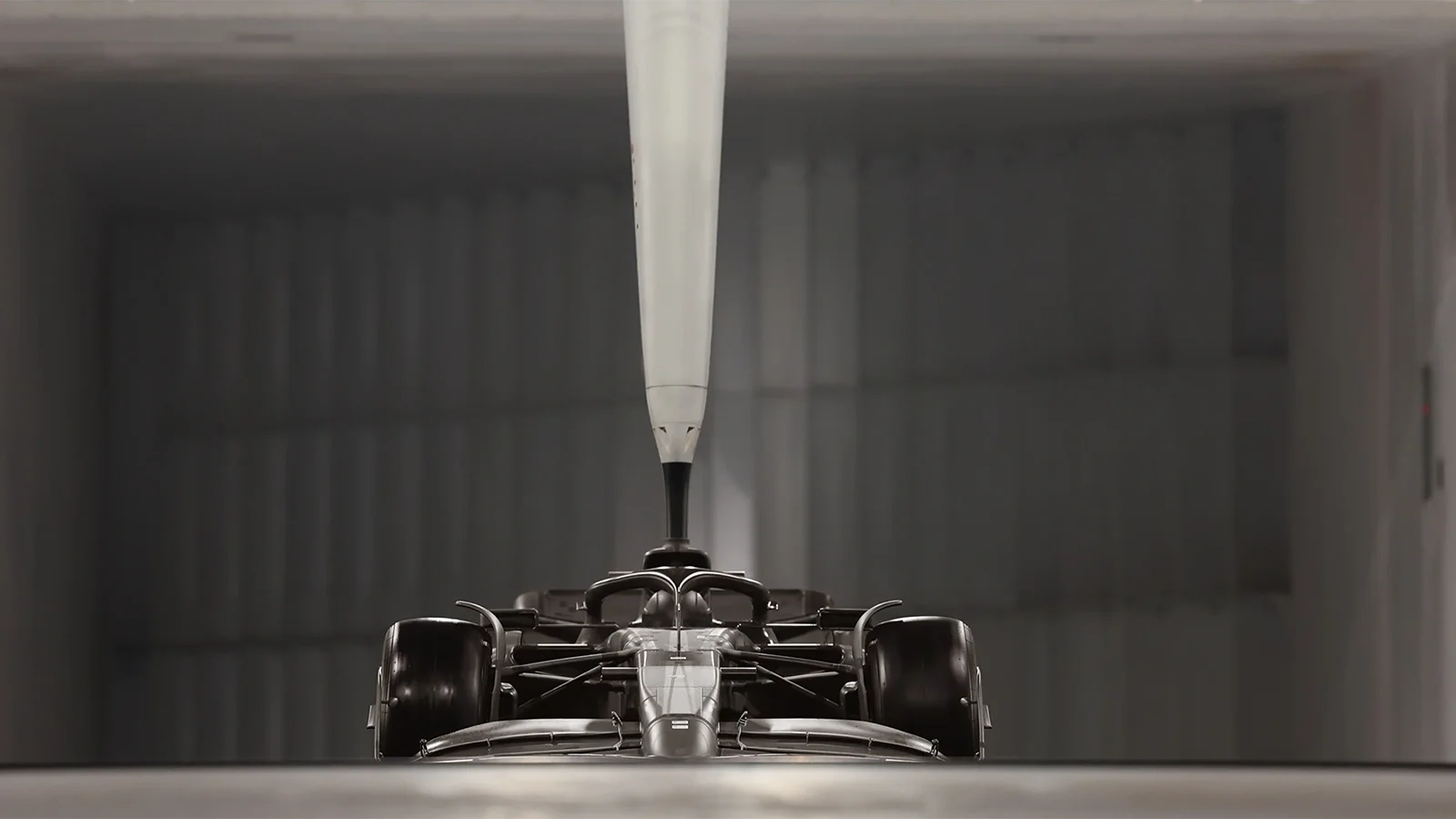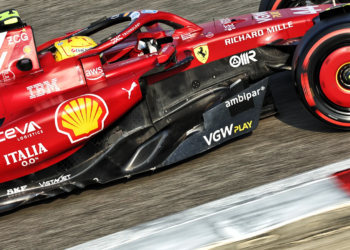Aston Martin has started using its new state-of-the-art Formula 1 wind tunnel which could prove to be a game changer for the midfield outfit.
The effects of moving into a new wind tunnel can be profound on an F1 team.
For instance, McLaren moved into its wind tunnel in October 2023 and was unique among the 10 F1 teams last year in that it practically had no correlation issues between aerodynamic testing and on-track results en route to a Constructors’ title.
That was an issue for Aston Martin last year and the team will be hoping its new wind tunnel will benefit the development of the AMR25, although its primary function will be in aiding the creation of next year’s car, which it hopes will challenge for championships.
Moreover, Aston Martin now becomes the technology leader in the wind tunnel space.
The team revealed that “the wind tunnel is housed in a 60,580m3 building that also includes the state-of-the-art additive manufacturing machines and model build area for the new highly sophisticated 60 per cent scale car models enabling rapid development and better operational efficiencies.”
Aston Martin CEO and Team Principal Andy Cowell said: “Thank you to everyone who has contributed to the creation of our own wind tunnel facility at the AMRTC.
“The task of bringing together external partners and new in-house technology working hand in glove to such tight deadlines is impressive.
“The facility provides new technology that enables the aerodynamicists to observe in greater detail the complex flow physics of an F1 car.
“To have everything here under one roof is extremely beneficial for us as we work towards being a fully operational works team from 2026.”

In-house F1 wind tunnel will improve Aston Martin efficiency
Before Thursday’s announcement, Aston Martin used the Mercedes wind tunnel in nearby Brackley, just a short drive from its Silverstone base, but having its new facility on site will greatly improve efficiency.
Cowell spoke of the importance of bringing everything in house and how that will impact efficiency and understanding for Aston Martin.
“It’s been a big project,” he said. “Lots of people working on it, so it’s great to see it’s now our nominated wind tunnel and doing development work and it’s got some great technology in it, great technology in the measurement systems and within the model that goes within the tunnel.
“And just having everything together in one location, the aerodynamicists don’t even need to put a coat on to go to the wind tunnel, they just walk through, whereas before it was loading the model into a van and down a bumpy dual carriageway and hoping it was still in the same condition when you took it out the van at the other end.
“So from an efficiency but also the challenge that everybody has of trying to understand what goes on with the aerodynamics on track compared with a wind tunnel, compared with CFD, those three worlds that the aerodynamicists battle with, we believe that this new wind tunnel gives us greater understanding, greater mechanisms for understanding the flow physics of the streams going over the car.”
READ MORE – Aston Martin reveals how it is already benefitting from the Adrian Newey effect









